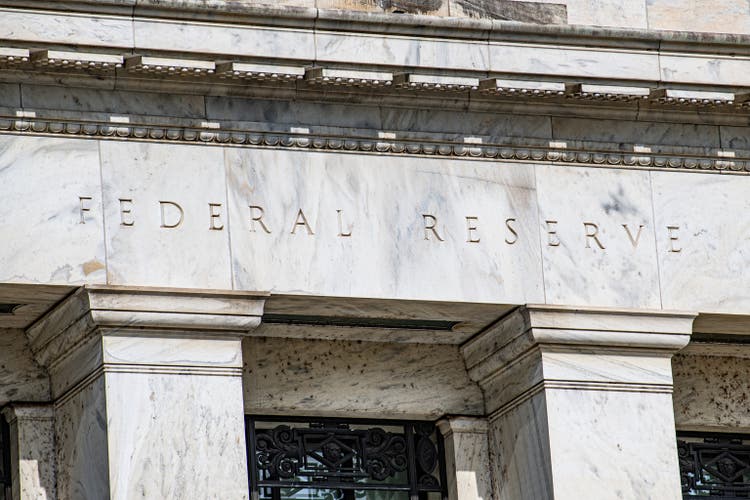- Wall Street expects the Fed to cut rates by 0.25% next week, though some are speculating Jerome Powell could deliver a “jumbo” 0.5% move, given how weak recent labor market data has been. Global markets and U.S. S&P 500 futures rose on expectations of cheaper money, but there are still two more rounds of inflation data prior to the Fed’s call.
S&P 500 futures are up 0.25% this morning as investors, having digested grim data from the U.S. labour market last week, feel that a 0.25% cut in interest rates from The Fed is locked in. The talk now is whether U.S. Federal Reserve chairman Jerome Powell will surprise the markets with a “jumbo” 0.5% cut, or opt instead for a series of 0.25% cuts month by month.
The consensus is that the Fed will deliver only a 0.25% cut. But a minority of speculators—just under 10%—in the CME Fed Funds futures market think 0.5% might happen.
“The broader market psychology has shifted. Following Fed Chair Powell’s pivot at Jackson Hole, the question is no longer if the Fed will ease, but how fast,” Convera’s George Vessey said in a note this morning.
Pantheon Macroeconomics forecast three cuts of 0.25% this year; Wedbush’s Seth Basham forecast two.
With expectations of a new round of cheaper money coming down the pipe, global markets were all up this morning.
The reason investors are so sure the cuts are coming is that underneath the weak headline number from the nonfarm payroll jobs report—just 22,000 new jobs—was even weaker data from the private sector. Job growth was negative in sectors most exposed to President Trump’s trade tariffs, according to Torsten Sløk of Apollo Management. The revised jobs number for June was negative.
In the private sector, average job growth was only 29,000 per month June to August, according to a note from Daiwa Capital Markets, down from an average of 100,000 per month in Q1—before the tariffs took hold:

Daiwa’s Lawrence Werther and Brendan Stuart point to another gloomy indicator: The private-sector payroll diffusion index—which surveys 258 private-sector industries—found that more companies are cutting jobs than hiring new workers. The gauge fell to 48 in August—anything below 50 indicates negative hiring.
The Fed will be under pressure to support the full employment side of its dual mandate. There’s a fly in Powell’s ointment, however. We’re going to get a new numbers for the producer price index and the consumer price index this week, and the expectation is that they’ll show inflation continuing to go up. The other half of the Fed mandate is to flght inflation—and that’s why some economists are still saying that a 25% cut isn’t as guaranteed as the equity markets are assuming.
“Although the Fed is now on its media blackout, Wednesday’s PPI and especially Thursday’s CPI will shape pricing ahead of that,” Jim Reid’s team at Deutsche Bank told clients this morning. “So a quarter-point cut is fully priced but without much being priced in for a 50bps move. Our economists believe you’d need to see pretty weak inflation this week to get that.”
Here’s a snapshot of the markets globally this morning:
- S&P 500 futures were up 0.25% this morning. The index closed down 0.32% in its last trading session.
- STOXX Europe 600 was up 0.34% in early trading.
- The U.K.’s FTSE 100 was up 0.17% in early trading.
- Japan’s Nikkei 225 was up 1.45%.
- China’s CSI 300 was up 0.16%.
- The South Korea KOSPI was up 0.45%.
- India’s Nifty 50 was up 0.13% before the end of the session.
- Bitcoin declined to $111.6K.
This story was originally featured on Fortune.com

 4 hours ago
1
4 hours ago
1





















 English (US) ·
English (US) ·